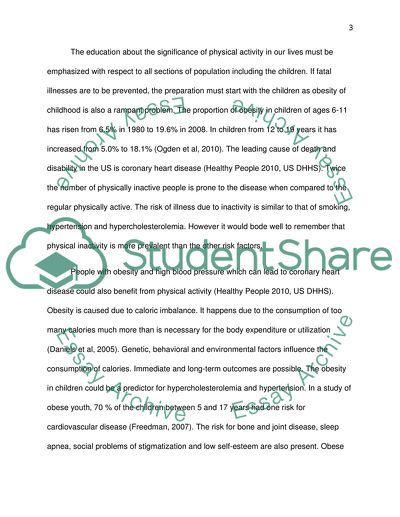Cite this document
(“Health Education Project: Physical Activity Assignment”, n.d.)
Health Education Project: Physical Activity Assignment. Retrieved from https://studentshare.org/sports-and-recreation/1733072-physical-activity
Health Education Project: Physical Activity Assignment. Retrieved from https://studentshare.org/sports-and-recreation/1733072-physical-activity
(Health Education Project: Physical Activity Assignment)
Health Education Project: Physical Activity Assignment. https://studentshare.org/sports-and-recreation/1733072-physical-activity.
Health Education Project: Physical Activity Assignment. https://studentshare.org/sports-and-recreation/1733072-physical-activity.
“Health Education Project: Physical Activity Assignment”, n.d. https://studentshare.org/sports-and-recreation/1733072-physical-activity.


